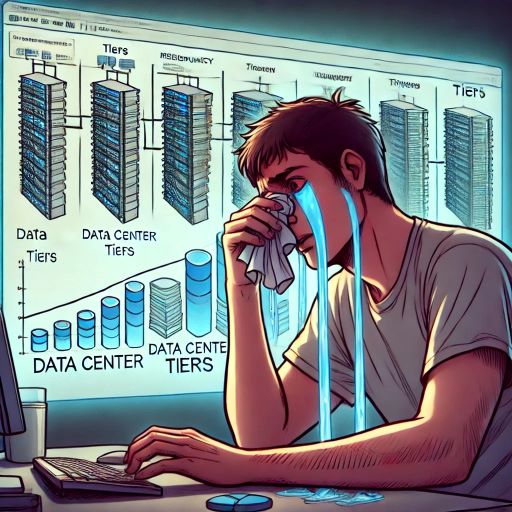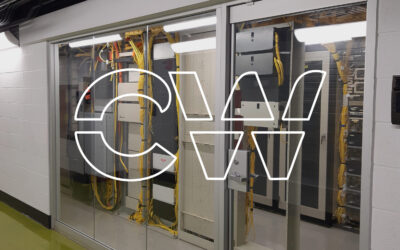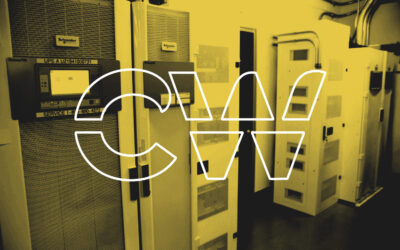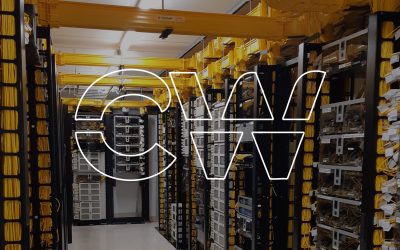Tiered data centers, also known as data center tiers or levels, are important for several reasons
Reliability and uptime:
Tiered data centers are designed to provide different levels of reliability and uptime. The tier classification system, developed by the Uptime Institute, establishes a benchmark for data center performance. Higher-tiered data centers offer greater redundancy and fault tolerance, resulting in improved uptime and reduced risk of service disruptions. This is crucial for businesses that rely on uninterrupted access to their applications and data.
Scalability and flexibility:
Tiers often offer scalable infrastructure to accommodate the changing needs of businesses. Higher-tiered data centers are designed with redundancy at every level, including power, cooling, and network connectivity. This enables businesses to scale their operations seamlessly and avoid disruptions during expansions or upgrades.
Cost-effectiveness:
Tiers allow organizations to align their infrastructure investments with their specific needs. Lower-tiered data centers may provide sufficient reliability and redundancy for certain applications or businesses with lower uptime requirements. By choosing a tier that matches their requirements, organizations can optimize their costs without compromising critical services.
Tiered Data Centers Risk mitigation:
They also incorporate various levels of redundancy and fault tolerance measures to mitigate risks associated with power outages, equipment failures, or other unforeseen events. Higher-tiered data centers typically have redundant systems and multiple paths for power and connectivity, reducing the impact of single points of failure. This enhances the overall resilience and minimizes the potential for costly disruptions.

Compliance and regulatory requirements:
Certain industries, such as finance, healthcare, and government, have strict compliance and regulatory requirements regarding data storage, security, and availability. Tiered data centers can help organizations meet these requirements by offering the necessary infrastructure and controls. Higher-tiered data centers often provide the level of reliability and security needed to comply with industry-specific regulations.
Service level agreements (SLAs):
Tiered data centers provide a framework for defining service level agreements (SLAs) between data center providers and their customers. SLAs outline the expected uptime, performance guarantees, and service response times. The tier classification system ensures that both providers and customers have a clear understanding of the level of reliability and service they can expect.
Customer confidence:
The tiered data center classification system provides a standardized approach to assessing and comparing data center reliability and performance. This allows businesses and customers to make informed decisions when choosing a data center provider. By selecting a higher-tiered data center, customers can have greater confidence in the reliability and availability of their critical infrastructure.



